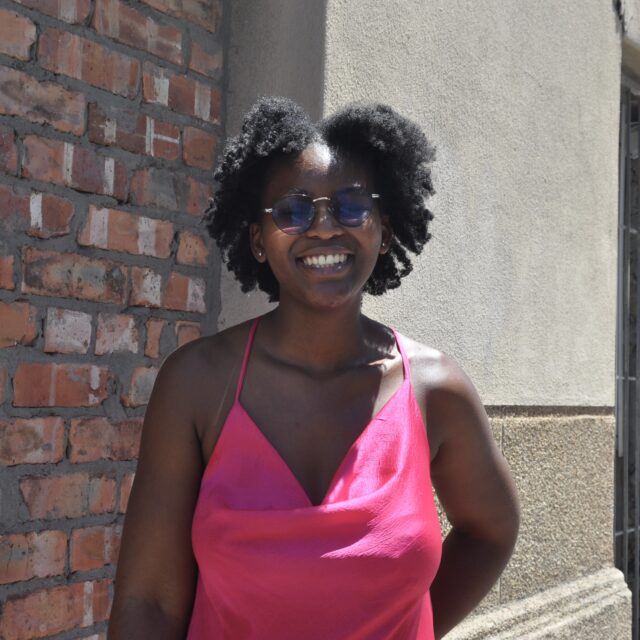In a large, empty-looking house on a hill in Hargeisa, Somaliland, Nejuu is preparing dinner for her “babies.” The veterinary student cuts up a kilo of red meat and places chunks of it on a plate.
“Careful! They’re going to go crazy when they see it,” Nejuu says as she opens the kitchen door and walks out into the large yard. A second later, two young cheetahs emerge from the shadows and shoot towards her at breakneck speed, halting and skidding when they reach her, then quickly regaining their balance and jumping up on her, their front paws reaching for the meat.
“Down, VP, down! Dobbie, down!” she shouts, laughing as she tries not to let the two animals knock her over.
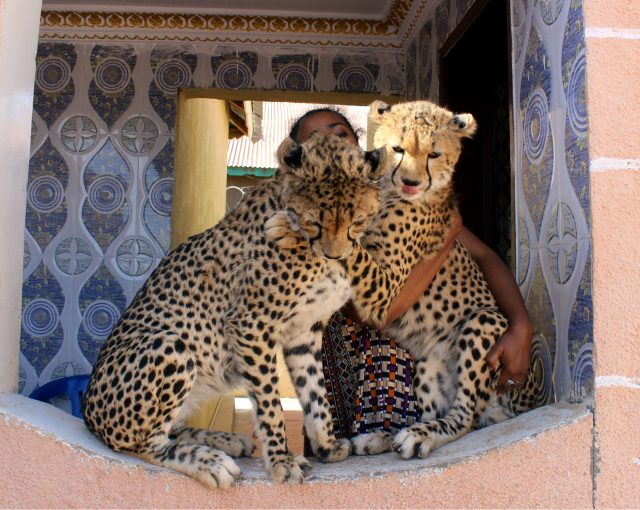
Large cats like cheetahs and lions are sometimes kept as pets in some parts of the world — but that’s actually what Nejuu and a small bunch of committed individuals are trying to stop. Both of Nejuu’s “babies,” as she affectionately calls them, are young male cheetahs that were rescued from people who kept them in their homes. These cheetahs are unable to return to the wild, which is why Nejuu is interacting with them.
“They don’t know how to keep these animals. They don’t give them the right food or enough water,” Nejuu says as she strokes VP’s crooked front legs. “His legs are like this because malnutrition caused metabolic bone disease, which deformed his legs.”
When VP was rescued by Nejuu’s team, which was assembled by the Namibian-based Cheetah Conservation Fund (CCF), he could barely walk. Now he’s able to leap and bound around the yard, chasing Dobbie.
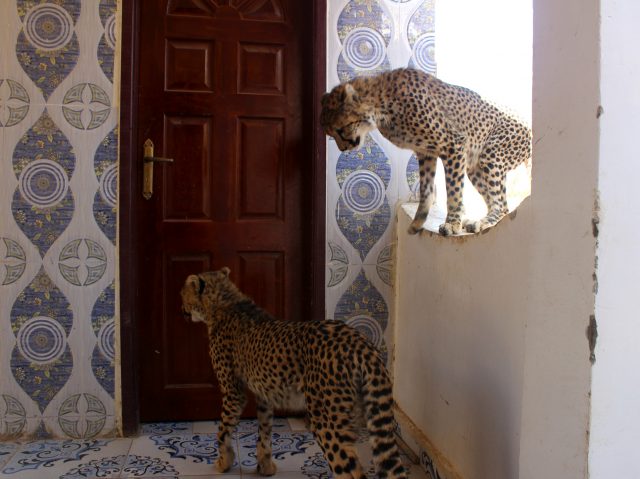
After they’re snatched from the wild in Ethiopia and Kenya, many cheetahs end up in Somaliland — and eventually in the hands of smugglers. During the journey, many cubs die; a few end up in the hands of rich businessmen and politicians in Somaliland. But countless others are smuggled to the coast, where they are loaded onto small wooden boats and taken to Yemen. Eventually, the ones that survive end up in the United Arab Emirates and Saudi Arabia, where they are sold for thousands of dollars and kept as pets.
“Somaliland, to our knowledge, is one of the worst places for cheetah trafficking,” says Patricia Tricorache, who has been investigating the trade in the Horn of Africa for the Namibia-based Cheetah Conservation Fund.
“We are trying to discuss a strategy to curb the trade, but it will be an uphill battle,” says Patricia. “We want a rescue centre, but before that happens we need to increase awareness among government and law enforcement people, the police, and the environmental people.”
Additional species of animals — gazelles, birds of prey, and caracals, for example — are also trafficked through the country, and sometimes end up in Nejuu’s care. Somaliland’s ineffective institutions and law enforcement mean that Nejuu and her team usually have to operate on very small budgets and with little assistance.

But things are looking up: The current Minister of Environment, Shukri Haji Ismail, has taken the matter to heart and has vowed to stop the wildlife trade. In the first months of 2018, she contacted leaders from the police, the judiciary, and the border patrol to announce that her Ministry was leading an anti-wildlife-trafficking campaign, and to ask for their collaboration.
In February, several traffickers were arrested after being found with a car full of live tortoises headed to Mogadishu. The traffickers were handed lengthy sentences, a first in the country’s history. Minister Shukri hopes that cheetah smugglers will be next.
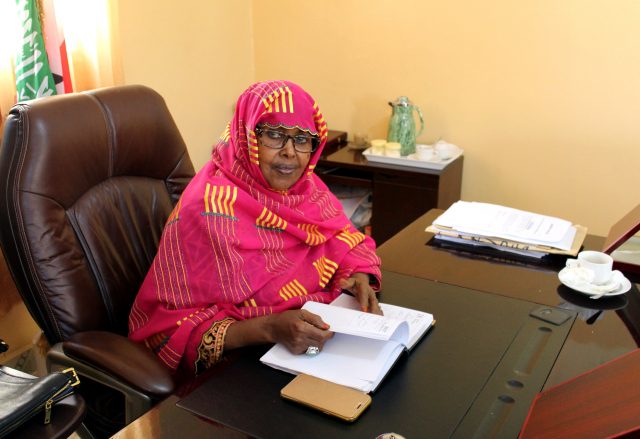
“When you see with your own eyes that a small baby has been taken from its mother and it’s not treated well, and that so many die for no reason, just for money… that really hurts,” she says.
With the Ministry on board, Nejuu’s team is hopeful. More awareness of the problem, coupled with more frequent confiscations and longer sentences for smugglers can help deter people from trading and buying cheetahs.
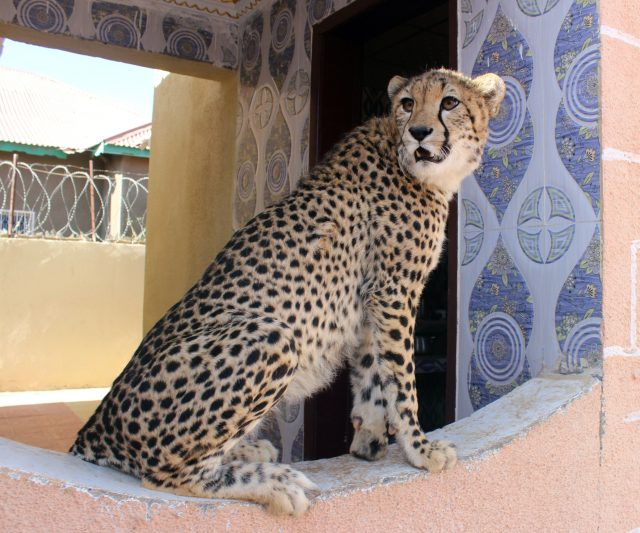
In the meantime, the government has given them a piece of land a few hours away from Hargeisa, where they are building large enclosures for rescued animals. One is already home to dozens of gazelles, and the other will soon be Dobbie and VP’s expansive, natural new home.



